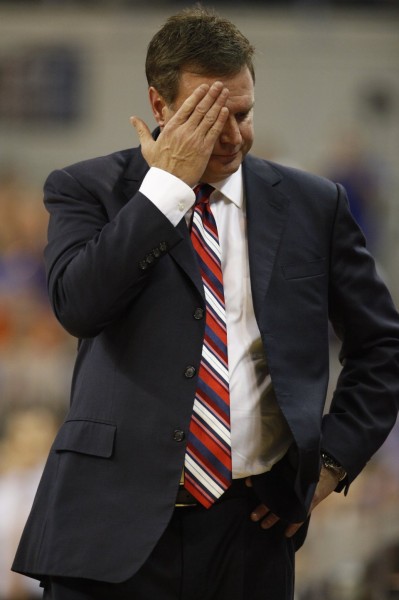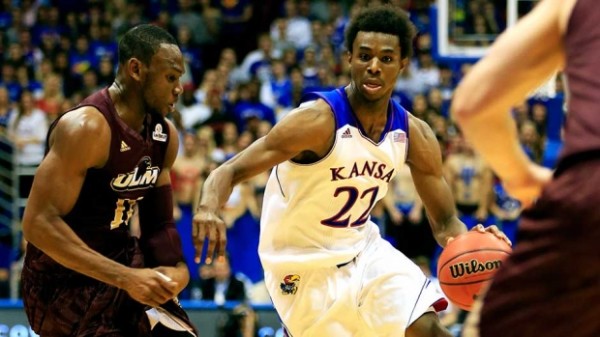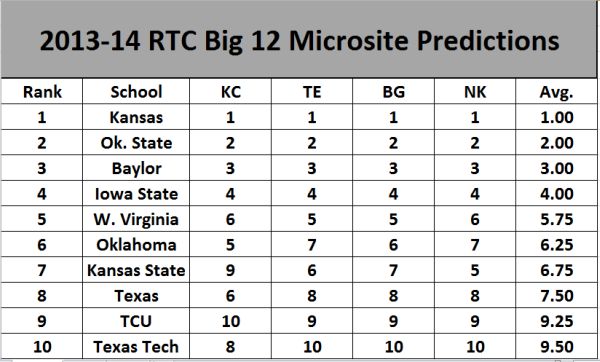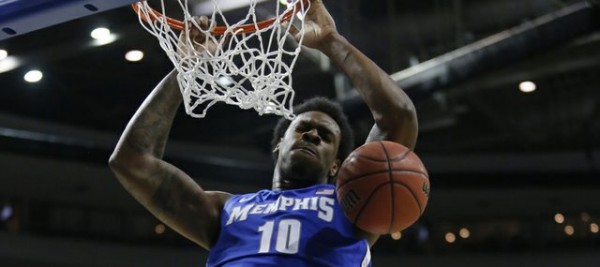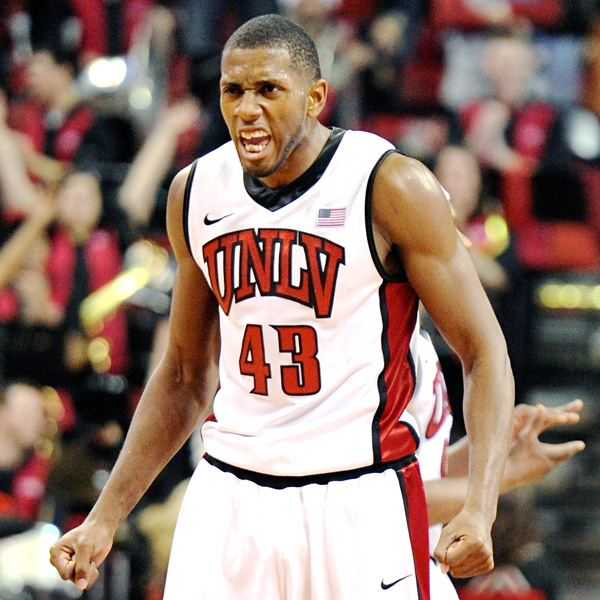Posted by BHayes on September 16th, 2013
Bennet Hayes is an RTC columnist. He can be reached @HoopsTraveler. Periodically throughout the preseason, RTC will take an in-depth look at the schedules of some of the more prominent teams in college basketball.
We have seen rapid and successful overhauls in Lawrence before, but perhaps never on this scale. Kansas is short five starters from a year ago, and in their wake arrives a decorated freshman class headed by a once-in-a-generation talent. Commitments from top-50 recruits Joel Embiid, Wayne Selden, and Conner Francamp had Jayhawk fans believing a quick rebuild was possible, but it was the May signing of Andrew Wiggins, the top player in the high school class of 2013, that has turned hope into belief. Another Big 12 championship and a return to the Sweet 16 would no longer constitute a brilliant coaching job by Bill Self, a man who has crafted many of them. Wiggins’ presence on campus has not only turned those achievements into mere expectations, but also transports hope to Lawrence that the ultimate prize – a National Title – is again a realistic possibility.
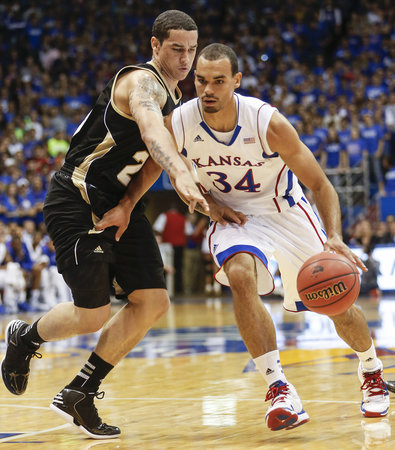
Could Perry Ellis Emerge As The Most Valuable Jayhawk Not Named Andrew Wiggins This Season?
- Team Outlook: Wiggins’ talent and projected impact has been well-documented, but even if he becomes the star he is expected to be, the Jayhawks will still need to develop the supporting cast around him. Perry Ellis (5.8 PPG, 3.9 RPG) is the one returnee that will almost definitely be a key part of that equation, but Nadiir Tharpe (5.5 PPG, 3.1 APG) and Jamari Traylor (2.1 PPG, 2.1 RPG) should also see minutes. We have seen Jayhawk role players emerge into key contributors after an offseason before, but no matter what happens with that trio, Bill Self will surely be relying on newcomers not named Wiggins to carry the load. Prime among them are freshmen Wayne Selden and Joel Embiid, who are expected to take over starting duties at shooting guard and center, respectively. Like Wiggins, both are projected as top-ten picks in next year’s NBA draft, so it’s a distinct possibility that this could be their lone rodeo in Lawrence. That being said, both need to add significant polish to their games, and despite the top-ten ranking recruiting gurus bestowed upon him, Embiid even drags the “project” title with him to Kansas. Freshmen guards Conner Frankamp and Brannen Greene are also consensus Top-100 recruits, and both will have the opportunity to compete with Tharpe and Selden for minutes in the Kansas backcourt. Rounding out the frontcourt rotation is Memphis transfer Tarik Black (8.1 PPG, 4.8 RPG) and redshirt freshman Landen Lucas. Black’s addition was another significant coup for Self this offseason, as he provides the Jayhawks with a player who has actually been through it all before at the college level. Black, like nearly every Jayhawk outside of Wiggins, could end up as a thirty-minute a game starter, a marginalized bit player, or nearly anything in between. There is tons of talent in Lawrence and a superstar to headline the show, but much of the onus for the destination of this Jayhawk campaign rests on Bill Self and how he fits all the pieces together – something Jayhawk fans should feel pretty good about. Read the rest of this entry »
| 2013-14 season preview, rtc class schedule
| Tagged: Allen Fieldhouse, Andrew Wiggins, baylor, bill self, brannen greene, colorado, conner francamp, duke, florida, georgetown, iowa, iowa state, Jamari Traylor, joel embiid, kansas, kansas state, Landen Lucas, lawrence, louisiana-monroe, nadiir tharpe, new mexico, oklahoma, oklahoma state, perry ellis, san diego state, tarik black, tennessee, texas, texas tech, toledo, towson, usc, villanova, wake forest, Wayne Selden, xavier
Share this story





























